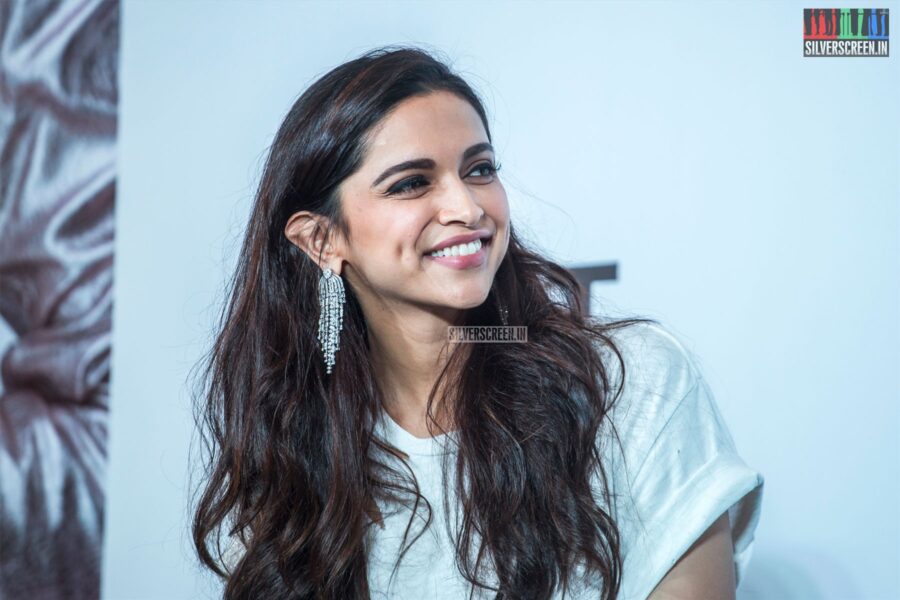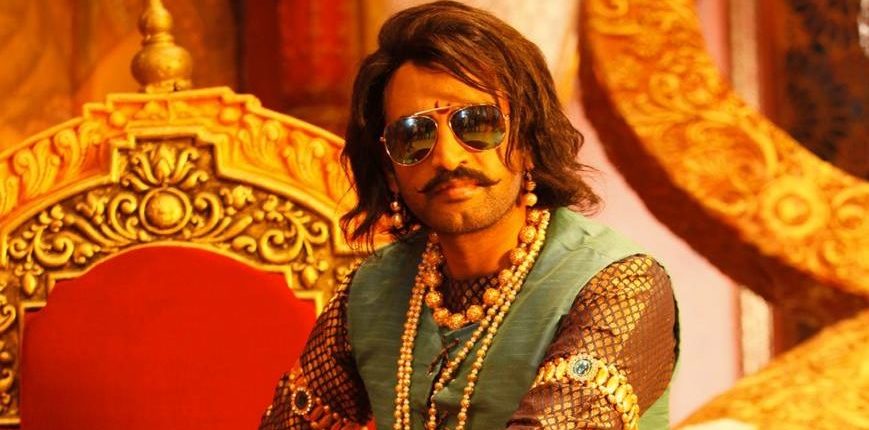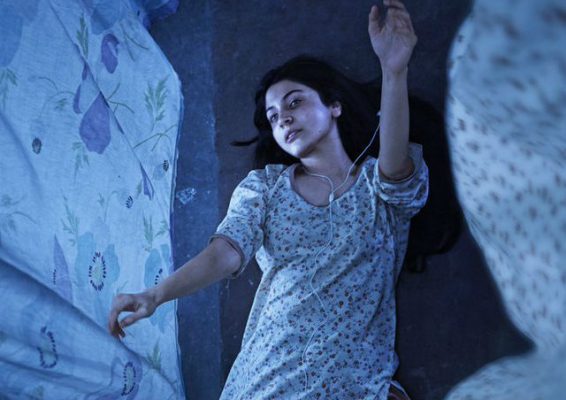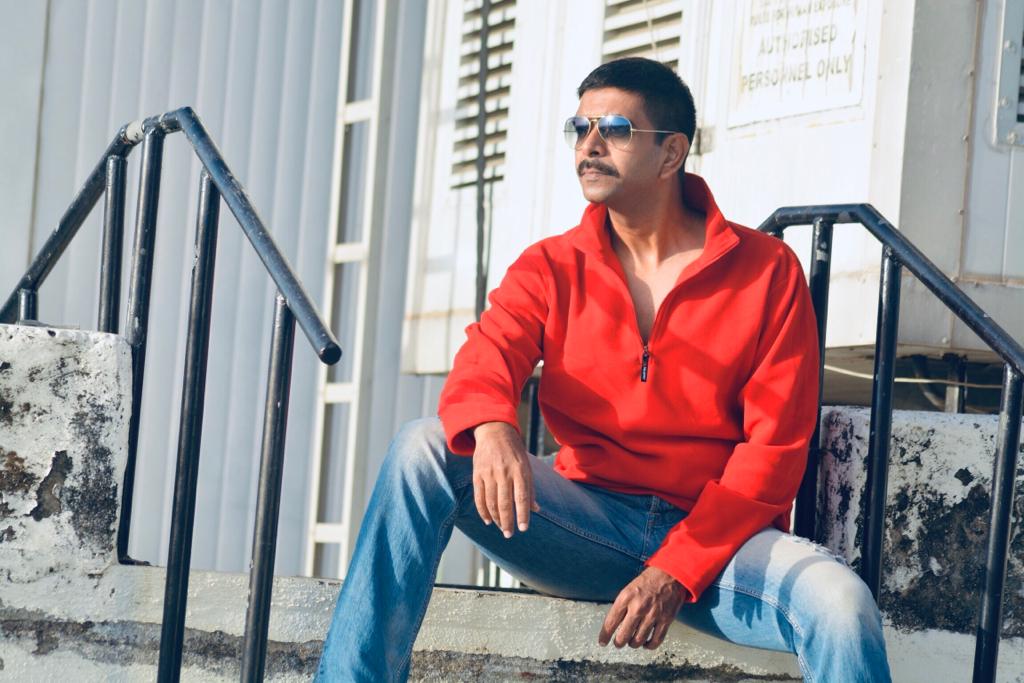Last evening Deepika Padukone visited JNU. The star seemed to have pulled off a coup, and her presence in solidarity with those protesting the violence against the students and staff of JNU, drew the nation’s attention.
So how did Deepika, who was in Delhi to promote Chhapaak end up in JNU? The first time anyone heard of her presence in the meeting called by the Jawaharlal Nehru University Teacher’s Association (JNUTA) and Jawaharlal Nehru University Students’ Union (JNUSU), was when she was already standing there with the students and teachers. Even the media and the “paps” who know stars’ every move, especially around promo tours for films, were caught unawares.
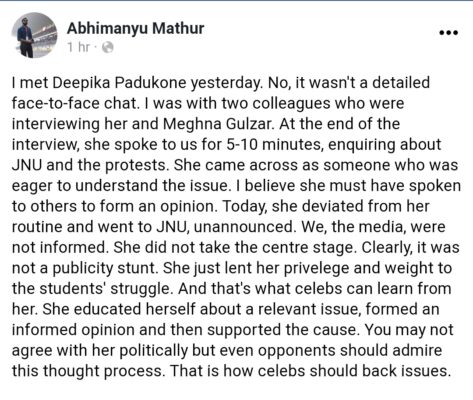
A source in the JNUTA told Silverscreen that she wanted to come and offer support, and they facilitated it. The first step was bringing her into JNU without anyone noticing. She came to the university in a professor’s car; he drove. She sat in the back seat, squeezed between others so she could come in, without anyone (the security included), noticing. She came, met Aishe Ghosh who was injured, and others, and stood in solidarity and then left.
“All credit to her… She was willing. I only facilitated,” the source said.
Deepika padukone in solidarity with jnu violence. She is not supporting any gang … she is just supporting the humanity.
A huge respect for u and love from jnu❣#DeepikaPadukone pic.twitter.com/GwOqgs5GjW— Nishant Sharma (@sudoaccessdeny) January 7, 2020
Deepika’s presence is also relevant because she plays an acid attack survivor (based on activist Laxmi Agarwal’s real story) in Chhapaak. Several reporters have said that goons walked around the campus, on the evening of the attack in JNU terrorising women with acid.
Don’t know who began this violence, who gains from it; all I know is that we spent the last three harrowing hours getting two terrified girl students out from the lab they had locked themselves in because goons were roaming outside with acid, safe back home.
Reality of JNU.
— Anand Ranganathan (@ARanganathan72) January 5, 2020
On Times Now, an ABVP member confirmed that people were carrying acid:
#JNUHiddenTruth | Listen in: ABVP Delhi State Jt Secretary ‘explains’ the video of alleged ABVP violence in JNU. | @thenewshour AGENDA with Padmaja Joshi. pic.twitter.com/eiYgZIn531
— TIMES NOW (@TimesNow) January 6, 2020
Outraged by her presence with the students under attack, BJP’s Tajinder Bagga has called for a boycott of her films.

Screenshot-2020-01-07-at-11.44.13-PM-769×1024
In an interview with Anjana Om Kashyap, Padukone drew parallels to what happened ahead of the release of her Padmaavat. (The karni sena went on a rampage ahead of the film, stalled its release and threatened to chop her nose off. The film was banned in four states Rajasthan, Gujarat, Haryana and Madhya Pradesh — all BJP ruled states then — before the Supreme Court stepped in and ordered the release of the film.)
#JNUViolence
I feel angry that this is happening and that action is not being taken: @DeepikaPadukone tells @anjanaomkashyap#IndiaFirst LIVE with @ShivAroor: https://t.co/4fqxBVUizL pic.twitter.com/Qa1E2nGwvr— India Today (@IndiaToday) January 7, 2020
Apart from calls for boycott right wing handles on Twitter also ran a disinformation campaign. They claimed that Laxmi Agarwal’s attacker in real life was Nadeem Khan, whereas in Chhapaak he was called Rajesh. Several people who have seen the film have tweeted that this is false. And that the religion of the attacker has not been changed.
Shocking (or maybe not) that such demonstrable misinformation is carried. I watched the screening last night & can tell you with certainty the religion of attacker has not changed. Film has remained accurate to the case. Opinidia ko bachane ke chakkar mein khud Opindia ban gaye.. https://t.co/Jxc0ZCEDzJ
— Abhinandan Sekhri (@AbhinandanSekhr) January 8, 2020
Modi bhakts are again spreading propaganda
against #Chhapaak movie.The name of the person who threw acid in movie is Bashir not ‘Rajesh’.
A D V E R T I S E M E N TRajesh (Left) is the role of the Malti (Deepika) friend played by Ankit Bisht.
Bashir is the person on the right who is buying acid. pic.twitter.com/aJ2so9wWnN
— Kapil (@kapsology) January 8, 2020
